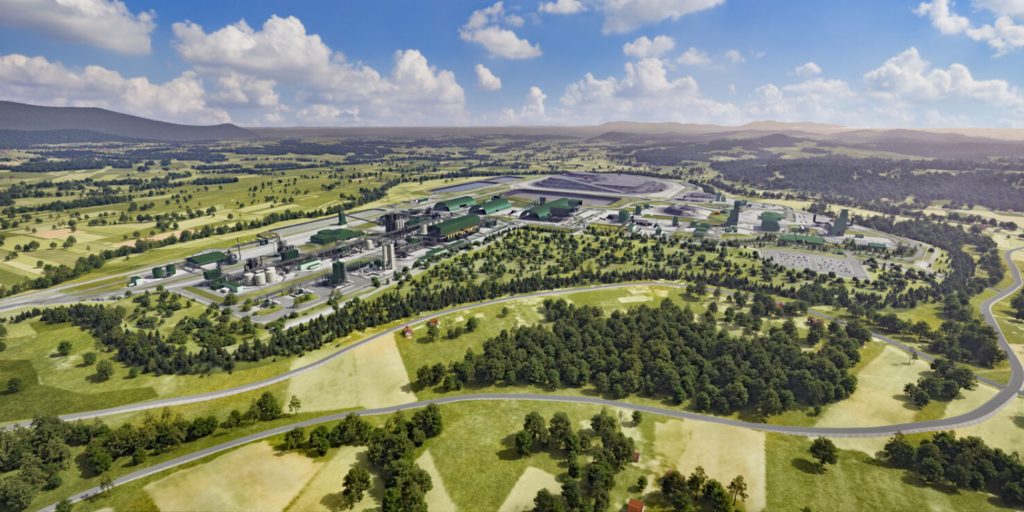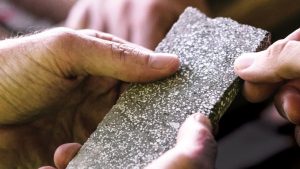Rio Tinto ready to resume project for lithium mining in Serbia

By Eugene Gerden
Rio Tinto [RIO-NYSE; RIO-ASX; RIO-LSE] is ready to begin mining of lithium in Serbia despite the ongoing protests of local population.
 Since the end of July, protests have been periodically organized in Serbia against the government’s decision to restore the license of Rio Tinto Group to develop Europe’s largest lithium deposit. The field is known as Jadar, while the planned volume of investments is estimated at $2.4 billion. The project was suspended two years ago due to pressure from environmental activists. According to activists, the environmental costs of lithium mining on the Jadar field, which is located near the town of Loznica in the west of the country, will exceed the potential economic benefits of the project, while the launch of the project could be explained by the plans of Serbia’s government to speed its membership in the EU.
Since the end of July, protests have been periodically organized in Serbia against the government’s decision to restore the license of Rio Tinto Group to develop Europe’s largest lithium deposit. The field is known as Jadar, while the planned volume of investments is estimated at $2.4 billion. The project was suspended two years ago due to pressure from environmental activists. According to activists, the environmental costs of lithium mining on the Jadar field, which is located near the town of Loznica in the west of the country, will exceed the potential economic benefits of the project, while the launch of the project could be explained by the plans of Serbia’s government to speed its membership in the EU.
At the same time, according to the Serbian Ministry of Finance, the project is very important for the country as lithium together with local battery production can annually provide the Serbian economy with up to 12 billion euros of additional revenue flows. According to Reuters, if the project is implemented, Serbian lithium could cover up to 90% of Europe’s current needs for raw materials and make Rio Tinto one of the world’s largest lithium producers. As for reserves of the field, according to analysts’ estimates, they currently equivalent to 10% of global lithium reserves.
 According to analysts, this is the first time an international mining company has entered the lithium market, which is historically occupied by specialized companies. It is also important for Serbia, which is trying to attract investment in the mining sector. As part of the project, lithium will be extracted from a completely new mineral. Rio Tinto discovered the mineral in 2004, when it was looking for borates, and found sodium lithium boron silicate hydroxide. The mineral was named “jadarite”.
According to analysts, this is the first time an international mining company has entered the lithium market, which is historically occupied by specialized companies. It is also important for Serbia, which is trying to attract investment in the mining sector. As part of the project, lithium will be extracted from a completely new mineral. Rio Tinto discovered the mineral in 2004, when it was looking for borates, and found sodium lithium boron silicate hydroxide. The mineral was named “jadarite”.
According to Rio Tinto, after the project reaches full capacity, (which is expected by 2029), the output of the mine will reach 58,000 tons of lithium carbonate per year, enough to make batteries for 1 million electric vehicles. As the company earlier also said the project will not have a negative impact on the environment, while the company will be ready to introduce any changes in its production technology if needed.
Currently Rio Tinto is considered as the main investor in the project although earlier negotiations were conducted with some companies from China.
